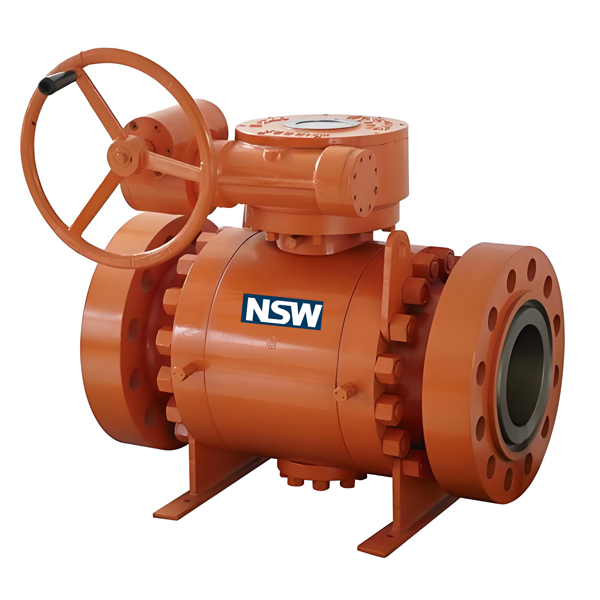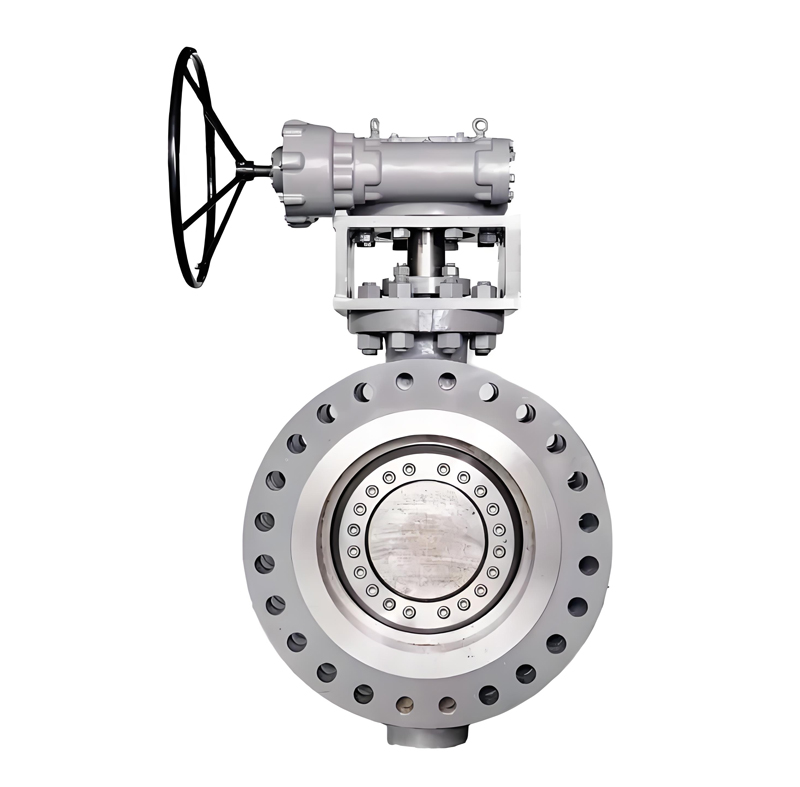In the procurement of industrial products, ball valves and butterfly valves are common valve types, each with its own unique working principle and applicable scenarios.
What is a ball valve
The Ball Valve controls the fluid by rotating the ball, and its sealing performance is excellent, especially suitable for working conditions with high temperature, high pressure and high viscosity media. Its structure includes valve body, ball, sealing ring and other components, and the ball and valve seat are closely matched to ensure the sealing effect.

What is a butterfly valve
The Butterfly Valve controls the fluid by rotating the butterfly plate. It has a simple structure, convenient installation, economical and practical, and is more suitable for low pressure and low viscosity media occasions, such as water treatment, petrochemical and other industries.
When the butterfly valve is opened, it will produce a certain resistance to the fluid, so it is more suitable for low pressure drop environment. Its structure is mainly composed of butterfly plate, valve stem, valve seat, etc., and the opening degree of the butterfly plate can be flexibly adjusted. The ball valve is widely used in industrial fields requiring strict sealing and high pressure environment because of its resistance to high pressure, high temperature and high viscosity media.

Comparison of specific details between butterfly valve and ball valve
Butterfly valve and ball valve have significant differences in many aspects, including structure, performance, application scenarios, etc.
Structural differences
The butterfly valve is mainly composed of valve body, valve seat, valve plate and valve stem, and all its accessories are exposed. The ball valve is composed of valve body, valve core and valve stem, and its internal structure is partially visible.
Performance differences
1. Sealing performance:
The sealing performance of butterfly valve is slightly worse than that of ball valve, especially in high-pressure environment. The sealing reliability of ball valve is higher, and it can still maintain a stable sealing effect after frequent switching.
2. Operating torque:
The opening and closing operating torque of ball valve is usually larger than that of butterfly valve, but the service life of ball valve is generally longer than that of butterfly valve. Pressure resistance: Ball valves are usually suitable for higher pressures, up to about 100 kilograms, while the maximum pressure of butterfly valves is only 64 kilograms.
3. Flow regulation:
Butterfly valves have good flow regulation function and are suitable for use as regulating valves; while ball valves are mainly used for switching operations, and the flow regulation performance is slightly worse.
4. Operational flexibility:
Butterfly valves have better operational flexibility and relatively slower action speed; ball valves are more complex to operate but faster in action.
5. Application scenario differences Applicable diameter:
Butterfly valves are usually suitable for large-diameter pipelines because of their simple structure, light weight, and small footprint; while ball valves are more commonly used for small and medium-diameter pipelines.
6. Medium adaptability:
Butterfly valves perform particularly well when transporting mud and are suitable for low-pressure and large-diameter occasions; ball valves are suitable for various fluid media, including media containing fibers and fine solid particles.
7.Temperature range:
Ball valves have a wider applicable temperature range, especially more stable performance in high-temperature environments; while butterfly valves perform better in low-temperature environments
In summary
There are significant differences between ball valves and butterfly valves in terms of structure, working principle, and applicable scenarios. When purchasing, it is necessary to reasonably select the valve type according to the specific working conditions and needs to ensure the normal operation and efficient performance of the system.
Post time: Mar-04-2025






